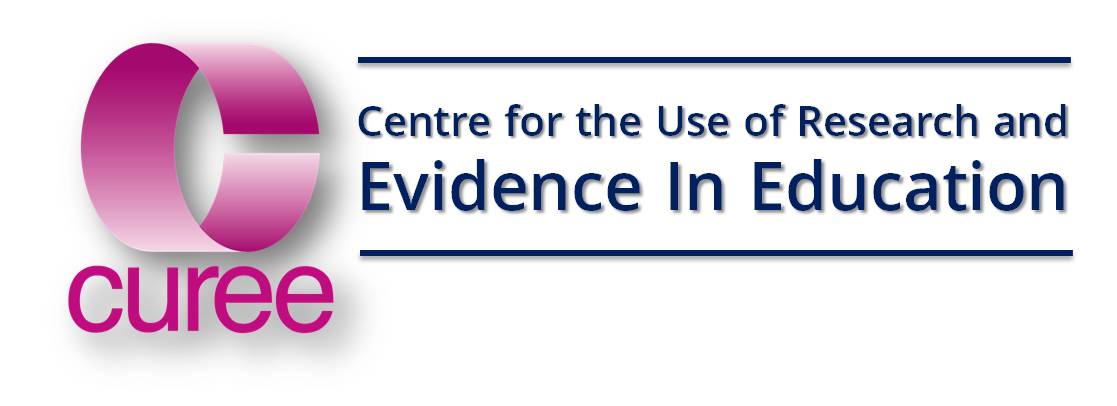What is it?
Closing the Gap: Test and Learn is a new scheme from the National College of Teaching and Leadership providing grants for schools and teachers to get involved in rigorous research. The goal is to help improve the evidence-base for what works in closing the attainment gap (CTG) for disadvantaged pupils and also to stimulate robust research and development in schools. The scheme should also strengthen relationships between schools and higher education institutions.
Around 700 schools are taking part in the trials, co-ordinated through around 180 teaching school alliances
The scheme has two stages: a consultation to decide which interventions will be trialed, and a two-year programme of testing in schools. The first stage identified a group of six interventions to be trialed in up to 1000 schools. The design team at CUREE and Durham University consulted widely in the system asking what area of teaching and learning would have the most benefit in closing the achievement gap and what approaches schools were in use and were sufficiently promising that they are worth trying out on a larger scale
What do you mean by intervention?
Our working definition of an 'intervention' is:
A set of specified and designed pupil facing activities likely (as shown by existing evidence or a plausible extrapolation) to achieve positive outcomes for a given:
- population of pupils for whom the system faces CTG challenges or;
- subject or topic which a subjected where it is hard to CTG
- population of schools where there are particular challenges in CTG;
supported by a set of teacher/school leader facing protocols/tools/activities for effective implementation and contextualisation of the pupil facing strategies/activities.
So to put it another way, it's a clearly defined approach with a specific method which can be used in a consistent way and which we have some reason to believe a) works and b) works particularly to close the attainment gap. To help colleagues to understand what an intervention might be, we have a begun a list which you can find here. We expect to extend this list over the consultation period as people like you suggest more to us.
